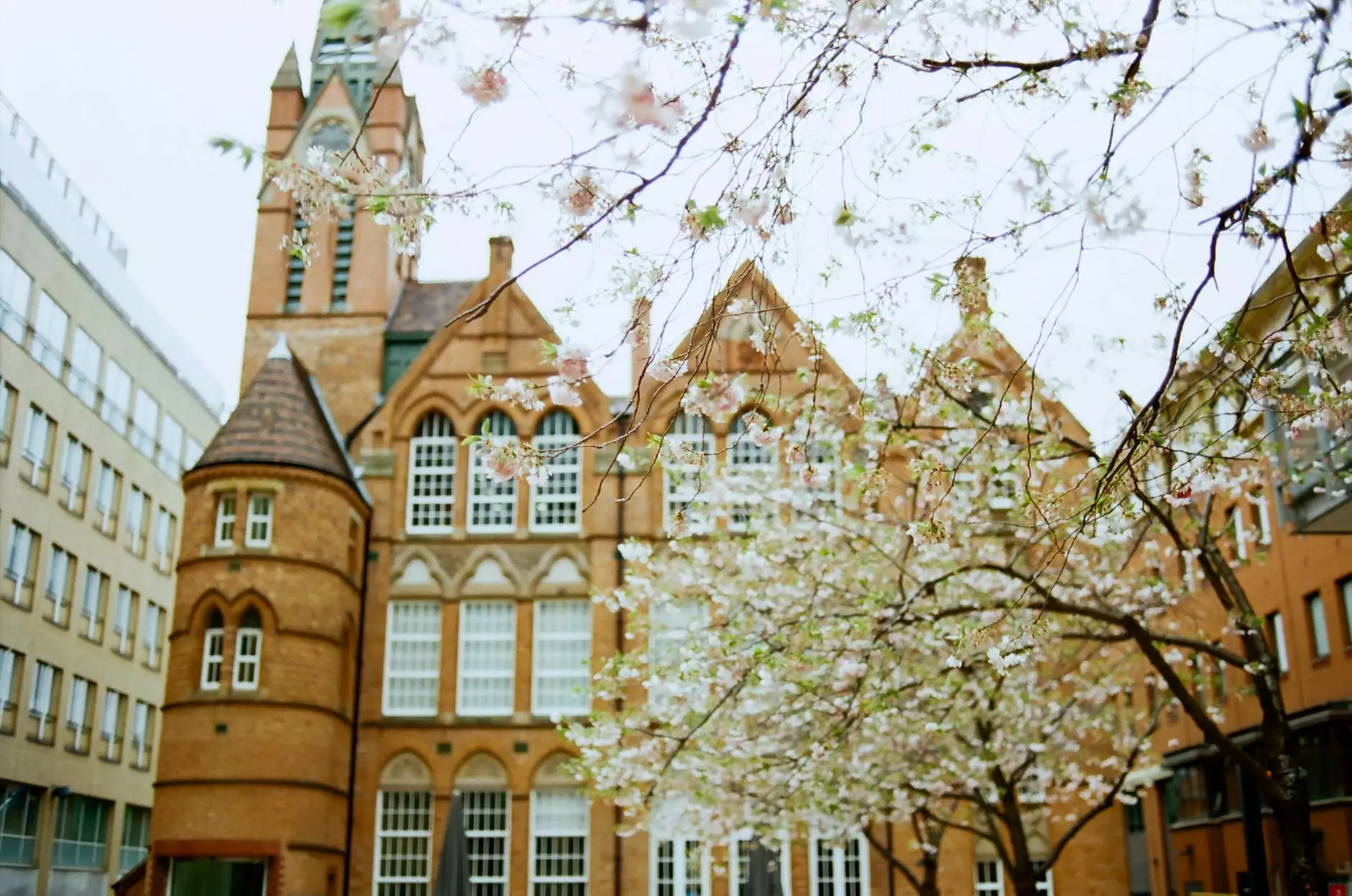Heteromeles arbutifolia Toyon - Long Beach

Introduction to Heteromeles arbutifolia Toyon
Heteromeles arbutifolia, commonly known as Toyon, is a resilient and beautiful native plant found in the Long Beach area. It is a member of the rose family and known for its vibrant red berries that bloom during the holiday season, earning it the nickname "Christmas Berry". This page serves as a comprehensive guide to understanding, appreciating, and cultivating Toyon plants within the community.
The Significance of Toyon in Long Beach
As an iconic native plant of Long Beach, Heteromeles arbutifolia embodies the rich history and culture of the region. Toyon has deep roots in the traditions and folklore of indigenous people, who considered it a sacred plant. It played a significant role in their ceremonies and was often used for medicinal purposes. Additionally, Toyon supports local wildlife, providing food and shelter for birds and small mammals.
Cultivating Toyon in Your Community
Interested in bringing the beauty and significance of Toyon to your community? Here are some essential tips and guidelines to help you successfully cultivate and care for Heteromeles arbutifolia:
Choosing the Right Location
Toyon thrives in well-draining soil and prefers to be planted in areas with plenty of sunlight. When selecting a location, ensure it has enough space for the plant to grow and reach its full potential. Consider the mature size of Toyon and allow room for its spreading branches.
Soil Preparation and Planting
Prepare the soil by incorporating organic matter to improve drainage and nutrient content. Dig a hole that is wide and deep enough to accommodate the plant's root ball. Gently place the Toyon plant into the hole and backfill with soil, ensuring the top of the root ball is level with the ground.
Watering and Irrigation
Initially, Toyon plants require regular watering to establish strong root systems. Once established, they are relatively drought tolerant, but occasional deep watering during dry periods is beneficial. Monitor soil moisture levels and avoid overwatering, as Toyon prefers well-drained soil.
Pruning and Maintenance
Regular pruning helps maintain the shape and health of Toyon plants. Prune during late winter or early spring to encourage new growth and remove any dead, damaged, or crossing branches. Be cautious not to over-prune, as Toyon's dense foliage is beneficial for wildlife.
Benefits of Toyon in Community Landscapes
Integrating Heteromeles arbutifolia Toyon into community landscapes offers numerous benefits:
Ecological Value
Toyon plays a crucial role in supporting local ecosystems. Its flowers attract pollinators, such as bees and butterflies, contributing to the overall biodiversity of the area. The bright red berries serve as a vital food source for birds during the winter months when other food options might be scarce.
Aesthetics and Seasonal Charm
The vibrant red berries of Toyon bring joy and a festive atmosphere to community landscapes, especially during the holiday season. Its evergreen leaves provide a year-round touch of greenery, enhancing the beauty of parks, gardens, and neighborhood streets.
Preserving Toyon and Its Habitat
As caretakers of our environment, it is essential to protect Toyon and its habitat for future generations. Here are a few simple ways to contribute to the preservation of Heteromeles arbutifolia:
Native Plant Education
Spread awareness about the importance of native plants like Toyon by organizing educational workshops or seminars. Encourage community members to learn about the benefits of using native plants in their own landscapes.
Responsible Landscaping Practices
When landscaping with Toyon, avoid using pesticides or chemicals that could harm the plant or its pollinators. Emphasize the use of organic fertilizers and eco-friendly landscaping techniques to ensure a healthy and sustainable ecosystem.
Joining Conservation Efforts
Participate in local conservation organizations that focus on protecting native plant species and their habitats. Volunteer for habitat restoration projects or contribute financially to support conservation initiatives.
Conclusion
Heteromeles arbutifolia Toyon holds great cultural, ecological, and aesthetic value within the Long Beach community. By learning about, cultivating, and preserving this native plant, we can contribute to a more sustainable and vibrant environment for all. Let's celebrate the natural beauty of Long Beach and its rich history through the cultivation of Toyon.








